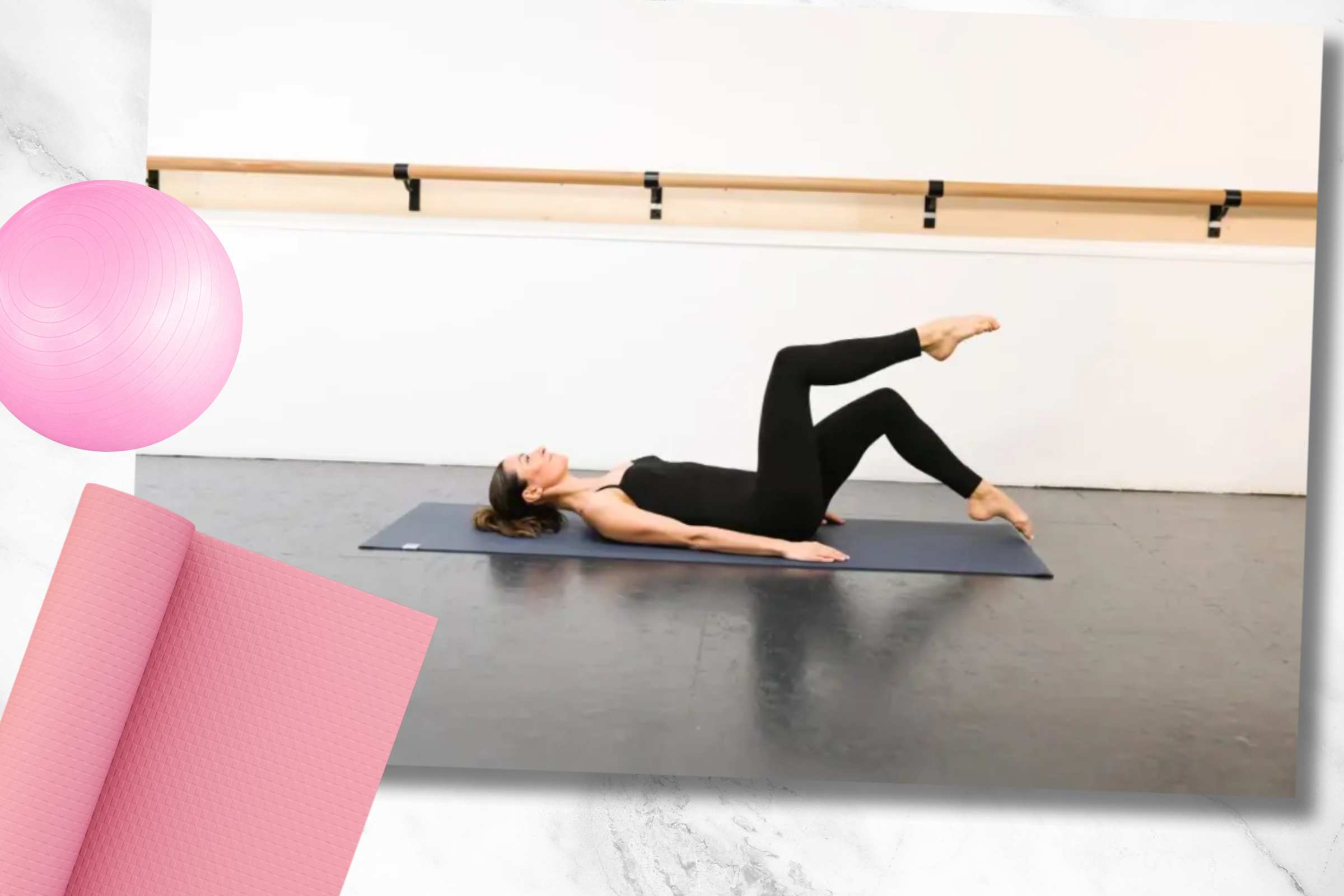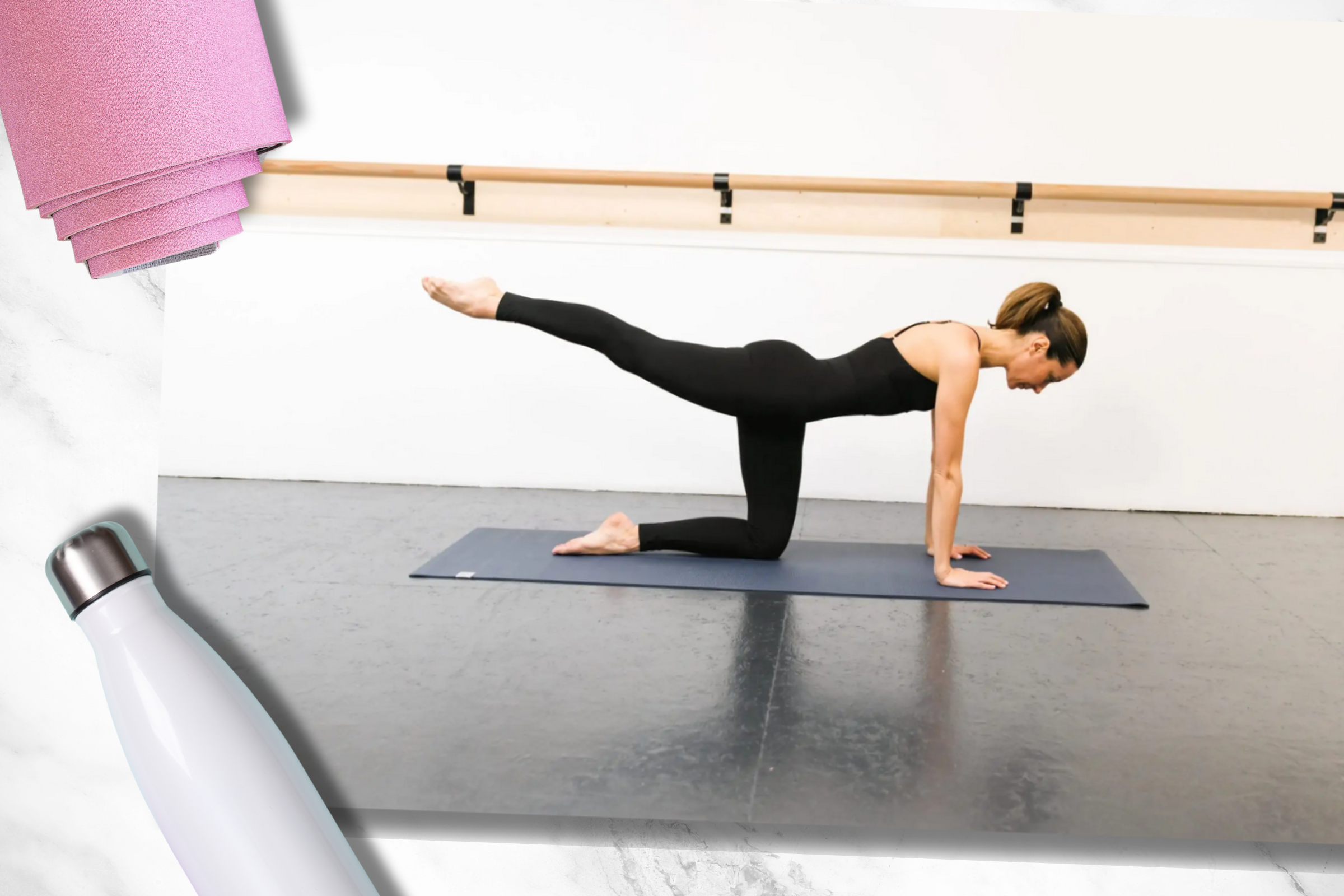Water exercise: the benefits and how to give it a go

 Water exercise does so much more for our bodies than exercising on dry land, so if you’re heading to a beach or pool this summer, you’re in for a true fitness treat.
Water exercise does so much more for our bodies than exercising on dry land, so if you’re heading to a beach or pool this summer, you’re in for a true fitness treat.
Why try water exercise?
The beauty of water exercise is that whatever moves are made, their fitness benefits are doubled due to water resistance. Whether doing a formal set of water aerobic exercises or simply splashing around for fun, every water-based action brings the added benefit of extra muscle activation. Water resistance, together with the push-pull effect of having water around us, increases muscle training with the built-in safeguard of supporting our joints. We’re likely to be able to work out longer, harder and with more resistance that we do on land – and water exercise has also been shown to help reduce lactic acid build-up, so recovery is swifter too. Top athletes swear by it – Olympian Mo Farah actually has an underwater treadmill. And in the hottest weather, even the most slothful among us can surely be tempted to cool off with a refreshing dip.
How to exercise in a pool
Those with access to a pool have many possibilities for water exercise. Water aerobics can be a series of formal exercises, such as star jumps, squats and high kicks – all performed while standing waist-height in water. Use foam noodles or floats to give added resistance to push water around the body, helping to tone and strengthen arms, shoulders and back muscles.
If you’re planning on spending time in the pool, it’s worth investigating in a simple pair of pull-on webbed swimming gloves. Slip these on to transform hands into paddles for a more intense workout. Lightweight and easy to pack, they’re an easy yet highly effective way to take your gym workout away with you. You’ll find a selection online.
Even just running on the spot in water gives the heart a serious cardio hit of activity that leaves all but the fittest surprisingly breathless. Although our heart rate doesn’t go and high as, during land-based aerobic activity, the heart works just as hard. Underwater exercise has been shown to pump more blood to the heart, boosting circulation to leave us feeling more energised in a shorter space of time. Those with an injury or mobility issue will find water-based exercises especially beneficial and there doesn’t even need to be any kind of formal routine. Alongside regular swimming, family games such as Marco Polo, volleyball or water tag are all great for boosting overall fitness, as well as simply having fun.
How to exercise on the beach
Working out in the sea brings with it additional benefits. Not only do we enjoy the water’s weight-resistance, but swimming against the tide or holding steady as the waves lap over us, automatically helps strengthen core muscles. If you swim out of your depth, any movement where your feet can’t touch the ground also gives an excellent non-impact, high-resistance total body workout- especially good for relieving muscular aches and pains.
Looking to tone calves and thighs? Simply take a stroll alongside the water’s edge. The deeper you go into the sea the more resistance you’ll feel. Recommended by many orthopaedic surgeons postoperatively, it’s a simple way of working out the lower limbs while enjoying the feel of the sand between your toes (wear slip-on surfer-style shoes if the shores are shingly). A bracing drip in the cold sea also brings with it a rejuvenating, blood-boosting circulation surge, leaving us toned and energised. Truly a terrific tonic all round.
Please note that this page contains affiliate marketing links, which means that we may receive a small commission from the products purchased via this article. However, we would only ever recommend products that have been tried and tested by Liz or the Wellbeing team.




